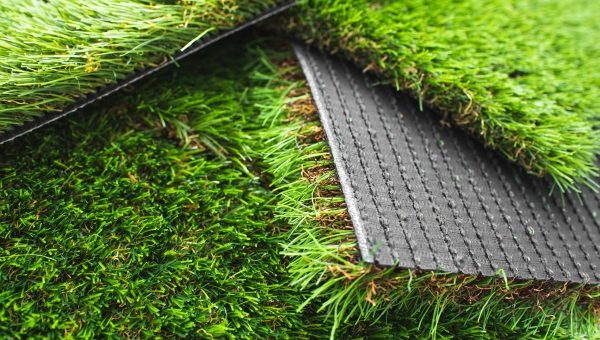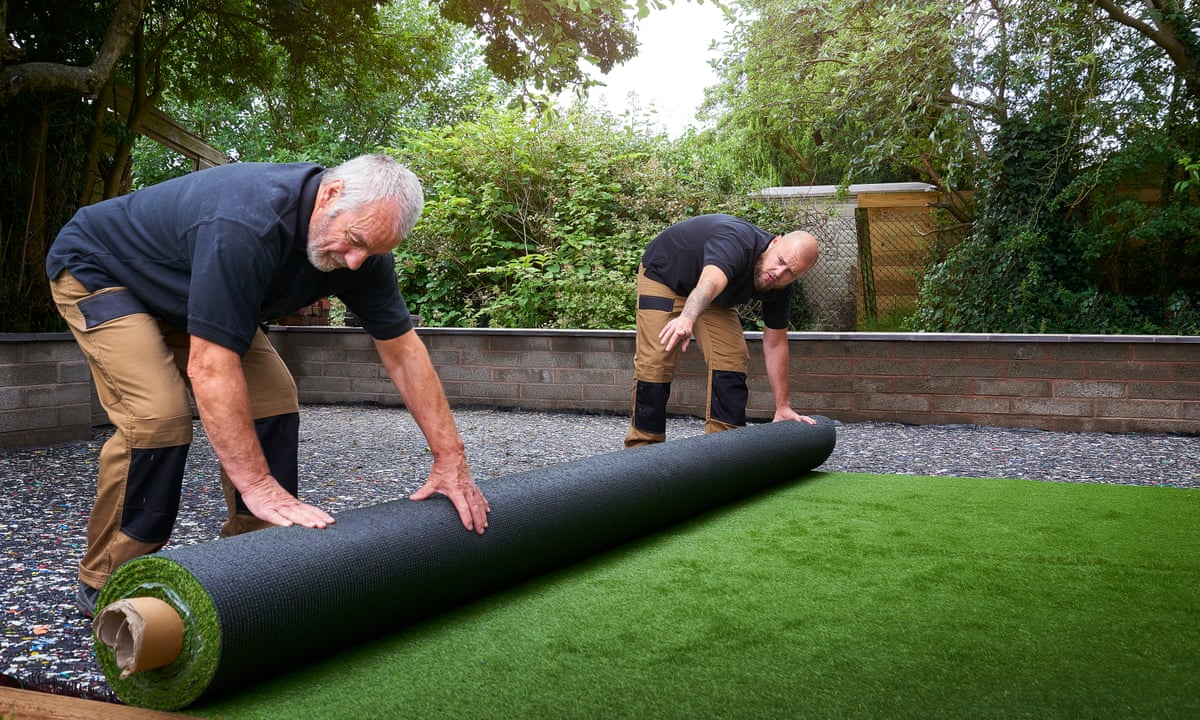Explore the Environmental Perks of Opting for Artificial Grass Solutions
The adoption of synthetic grass remedies offers an engaging opportunity to resolve pressing environmental difficulties. By considerably reducing water usage and reducing the application of dangerous chemicals, these alternatives not only advertise sustainable landscape design but additionally safeguard neighborhood communities. Furthermore, the reduced carbon footprint associated with lowered upkeep tasks adds to a more sustainable strategy to land administration. However, the implications of these benefits prolong past simple preservation initiatives, questioning concerning their long-lasting effect on environment conservation and general eco-friendly equilibrium. Discovering these measurements discloses a complex interplay worth thinking about.
Water Preservation Perks
One of the most significant advantages of artificial lawn is its capacity to conserve water. In comparison, fabricated turf does not need watering, dramatically reducing the overall demand for water resources.
By removing the requirement for routine watering, synthetic grass contributes to sustainable landscape techniques and aids alleviate the environmental impact of excessive water intake. The conservation of water prolongs to the reduction of runoff, which can lead to soil disintegration and waterway air pollution.
Additionally, the setup of fabricated grass enables districts and house owners to allocate water sources extra effectively, concentrating on crucial uses such as drinking water and agriculture. The shift in the direction of man-made grass not just advertises liable water use but additionally aligns with wider environmental goals aimed at preserving natural deposits.
As communities increasingly prioritize sustainability, the water conservation advantages of man-made grass offer a compelling situation for its adoption in property and business landscape design tasks.
Decreased Chemical Use
The transition to synthetic grass substantially lowers the reliance on chemical therapies frequently utilized in all-natural grass upkeep. Conventional grass management generally involves the application of pesticides, herbicides, and fertilizers to promote development and control bugs. These chemicals can pose threats to human wellness, neighborhood wildlife, and the environment, adding to soil and water contamination.
On the other hand, artificial turf eliminates the need for these hazardous substances. Once set up, it calls for minimal upkeep, primarily containing regular cleansing and irregular infill replenishment. This decrease in chemical usage not just benefits the prompt atmosphere but also adds to broader environmental stability. By lessening the launch of synthetic substances right into the environment, artificial turf promotes much healthier dirt and water systems.
Moreover, the lack of chemical drainage connected with synthetic grass installations assists protect local waterways from air pollution, supporting water life and preserving biodiversity. Artificial turf companies phoenix. As communities progressively prioritize lasting methods, choosing for synthetic turf offers a feasible solution that straightens with environmental conservation objectives. Through this shift, homeowner can take pleasure in lavish environment-friendly rooms without endangering eco-friendly health and wellness, leading the way for an extra sustainable future
Lower Carbon Footprint

Moreover, see here now the setup of synthetic grass can result in significant water conservation. All-natural grass need significant amounts of water for irrigation, which not just includes in the carbon footprint related to water removal and therapy yet additionally pressures local water sources. In contrast, artificial lawn requires marginal upkeep, needing next page no watering, therefore dramatically reducing water usage and its connected power costs.
Furthermore, the longevity of artificial lawn adds to its decreased carbon impact. With a life expectancy of up to 15 years or even more, the requirement for frequent substitutes is decreased, causing less waste and reduced energy usage in production and dealing with standard lawn choices. Overall, fabricated grass offers a sustainable choice for environmentally mindful landscaping.
Environment Preservation
Habitat conservation is an important consideration in the debate over landscaping choices, specifically when comparing synthetic turf to natural turf. Natural yard lawns typically require considerable upkeep, including making use of fertilizers, herbicides, and pesticides, which can negatively influence regional ecosystems. These chemicals can leach right into the dirt and waterways, damaging indigenous vegetation and animals and interrupting local environments.
Synthetic turf eliminates the need for harmful chemicals, consequently shielding neighboring wild animals and preserving the honesty of bordering environments. The installation of man-made turf can lead to the conversion of former lawn areas into even more biodiverse landscapes, such as pollinator gardens or native plant areas, which can sustain regional wild animals.
Ultimately, the shift to fabricated turf not just conserves water and minimizes upkeep initiatives however likewise promotes an extra harmonious relationship between human tasks and the natural setting, advertising habitat conservation at the same time.
Long-Term Sustainability
Long-term sustainability is an essential factor in examining the advantages of synthetic grass over standard turf yards. Among one of the most considerable advantages of synthetic grass is its resilience; it can last approximately 15-20 years with marginal maintenance, whereas all-natural grass calls for constant reseeding and substitute. This long life decreases the requirement for continuous sources, such as water, plant foods, and chemicals, which are crucial for preserving a healthy yard yard.
In addition, synthetic grass adds to a decrease in carbon emissions related to lawn treatment devices. Standard grass usually call for gas-powered mowers, leaners, and blowers, every one of which contribute to air here contamination. Artificial turf companies phoenix. On the other hand, fabricated lawn removes the need for such tools, advertising a cleaner setting
Furthermore, the production of synthetic grass increasingly makes use of recycled products, improving its sustainability account. As suppliers adopt green techniques, the ecological impact of synthetic lawn proceeds to reduce.

Conclusion
The adoption of synthetic grass options offers significant environmental benefits, including substantial water conservation, lowered dependence on dangerous chemicals, and a lower carbon impact. Artificial lawn help in maintaining all-natural habitats by reducing land disruption and advertising long-lasting sustainability through the usage of durable materials. Collectively, these variables underscore the potential of synthetic grass to add positively to environmental health and offer a practical option to standard landscape design techniques in a significantly resource-conscious world.
In contrast, artificial lawn does not require watering, significantly lowering the overall demand for water resources. By reducing the launch of synthetic substances into the ecological community, fabricated turf promotes healthier dirt and water systems.
Furthermore, the setup of artificial lawn can result in considerable water conservation. In contrast, fabricated turf needs very little maintenance, calling for no watering, therefore significantly lowering water use and its linked energy prices.
